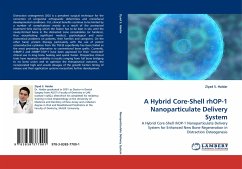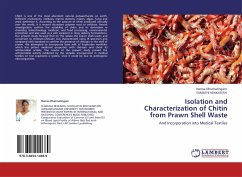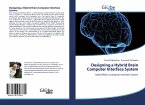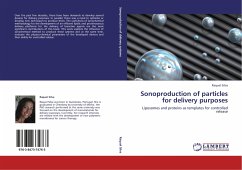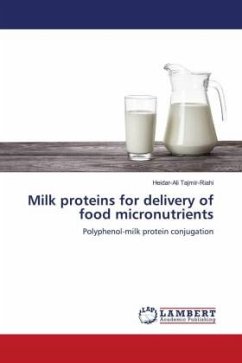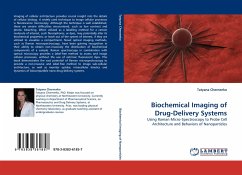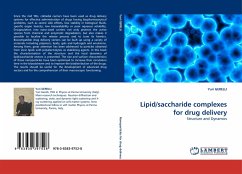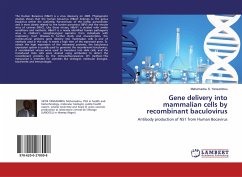Distraction osteogenesis (DO) is a prevalent surgical technique for the correction of congenital orthopaedic deformities and craniofacial developmental conditions. Yet, clinical benefits continue to be limited by a number of complications mainly as a result of the protracted treatment time during which the fixator has to be kept in situ until the newly-formed bone in the distracted zone consolidates (or hardens), thus exacerbating significant medical, psychological and socio-economical problems on patients, their families and caregivers. On the other hand, protein therapy particularly with the use of potent osteoinductive cytokines from the TGF- superfamily has been hailed as the most promising alternative to conventional bone grafts. Currently, rhBMP-2 and rhBMP-7/OP-1 have been approved for their "restricted" clinical use in long bone healing and spinal fusion. Prospective clinical trials have reported variability in results ranging from full bone bridging to no bone union and to optimize the therapeutical outcome, the incorporated high and unsafe dosages of the growth factors timing of release and their application systems necessitate further development.
Bitte wählen Sie Ihr Anliegen aus.
Rechnungen
Retourenschein anfordern
Bestellstatus
Storno

